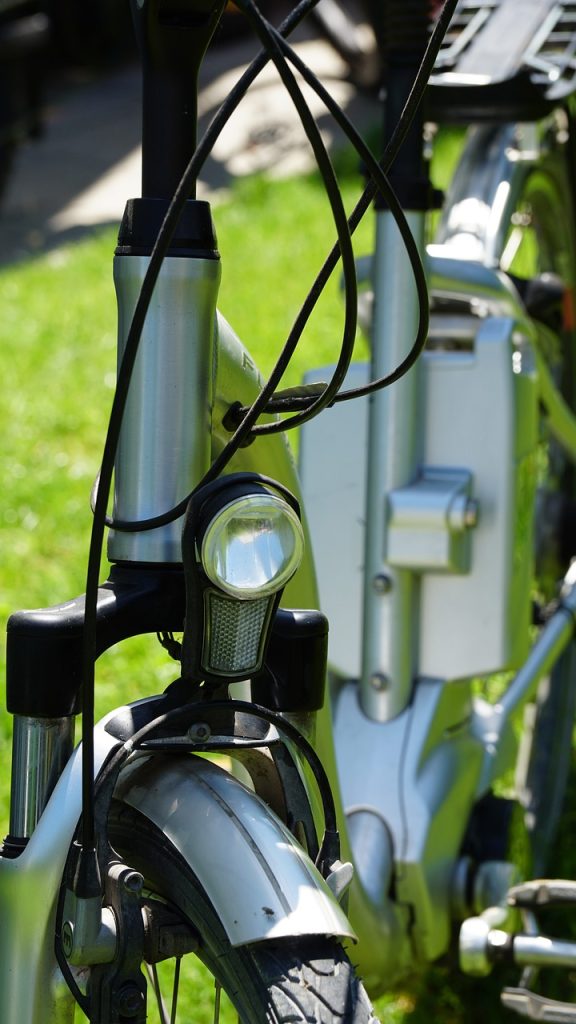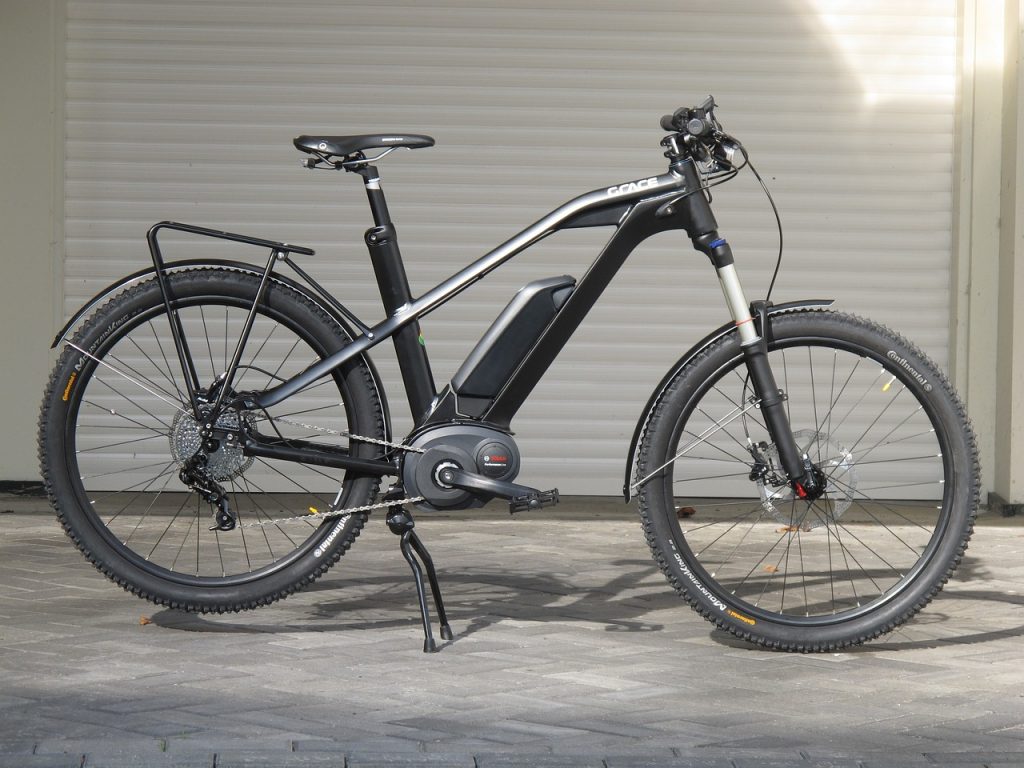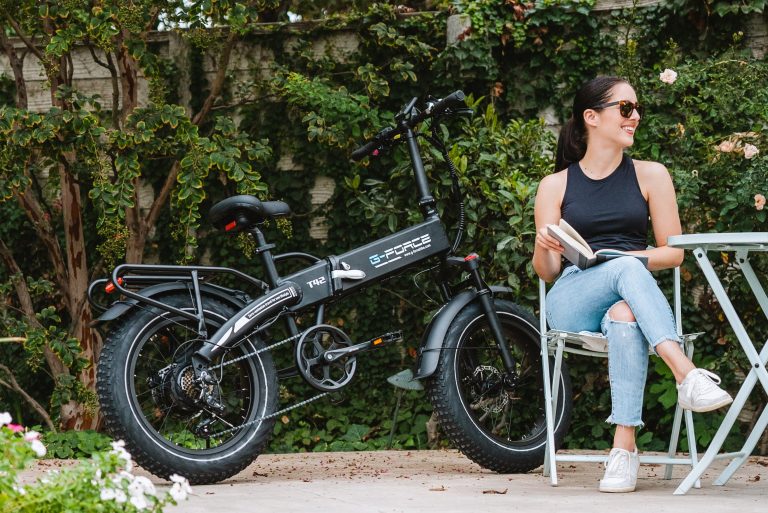Is It Better To Buy An Ebike Or A Regular Bike?
Imagine cruising along the open road with the wind in your hair and the sun on your face, effortlessly gliding down the streets without a care in the world. Now, you’re faced with the age-old question: is it better to buy an ebike or a regular bike? Before making a decision, let’s explore the pros and cons of each option. Whether you’re a seasoned cyclist or just looking to add some fun to your daily commute, this article will help guide you in choosing the perfect ride to suit your needs.
Cost
Initial cost
When considering purchasing a bike, one of the primary factors to consider is the initial cost. Ebikes generally have a higher initial cost compared to regular bikes. The cost of an ebike can vary depending on factors such as the brand, quality, and features. While regular bikes can range from affordable to high-end, ebikes tend to have a higher price range due to the added electric components.
Maintenance cost
When it comes to maintenance, ebikes and regular bikes differ in terms of cost and complexity. Regular bikes often require regular maintenance such as chain lubrication, brake adjustments, and tire replacements. These maintenance tasks can easily be done by most bike owners, either at home or by bringing the bike to a local bike shop.
On the other hand, ebikes require additional maintenance for their electrical components. This includes ensuring the battery is properly charged and maintained, as well as maintaining and troubleshooting the electrical system. While some ebike owners may be comfortable doing this themselves, others may prefer to rely on professionals for any electrical issues. Therefore, it is essential to consider the potential higher maintenance costs associated with an ebike.
Operating cost
Another cost consideration is the operating cost of a bike. Regular bikes have minimal operating costs, primarily consisting of occasional replacements of components such as tires, brake pads, and chains. These costs are relatively inexpensive and can easily be done by most bike owners.
In contrast, ebikes have additional operating costs, mainly in the form of electricity consumption. Charging the battery regularly will contribute to your monthly electricity bill. However, it is important to note that the operating cost of an ebike is significantly lower compared to other modes of transportation, such as cars or motorcycles. This makes the overall cost of operating an ebike much more affordable in the long run.
Ease of Use
Pedaling
When it comes to pedaling, both ebikes and regular bikes offer a similar experience. The main difference is that ebikes are equipped with an electric motor that provides assisted pedaling, making it easier to tackle inclines or ride for longer distances. This can be particularly beneficial for individuals who have physical limitations or prefer to conserve their energy during longer rides.
Electric assist
The electric assist feature of an ebike makes it stand out from a regular bike. With an ebike, you have the option to engage the electric motor, which provides varying levels of assistance depending on the model. This can be incredibly useful when biking in hilly terrain or when you simply want to enjoy a more relaxed ride without exerting as much effort. The electric assist feature allows you to customize your biking experience based on your energy level, fitness level, or the specific terrain you’re riding on.
Terrain Adaptation
Both regular bikes and ebikes can adapt to different terrains, but ebikes have an advantage in terms of ease and comfort. The electric assist function of an ebike makes it easier to navigate various types of terrain, including steep hills, uneven surfaces, and challenging off-road trails. This adaptability allows riders to explore different environments and enjoy their biking experience to the fullest.

Speed and Range
Speed
Ebikes generally have higher speeds compared to regular bikes. The electric motor of an ebike can provide additional power to the pedaling, allowing riders to reach higher speeds without exerting excessive effort. While regular bikes depend solely on the rider’s pedaling ability, ebikes can offer a significant speed advantage, enabling riders to cover longer distances in less time.
Range
The range of an ebike refers to how far it can travel on a single battery charge. The range can vary depending on factors such as battery capacity, terrain, speed, and the level of assistance used. Most ebikes can travel anywhere between 20 to 70 miles on a single charge. This range is typically sufficient for daily commuting, running errands, or recreational rides. However, it’s important to consider the range of an ebike if you plan on taking longer rides or if you have limited access to charging stations.
Ebike Restrictions
It’s important to note that there may be specific restrictions or regulations regarding the speed and power of ebikes in your area. Different countries and states have varying laws when it comes to the maximum speed and wattage allowed for ebikes. It’s crucial to familiarize yourself with the local regulations to ensure that you comply with any restrictions and ride safely within the legal limits.
Health and Fitness
Physical Exertion
While ebikes offer electric assist, they still require physical exertion from the rider. The amount of physical effort required can vary depending on the level of assistance chosen. Riders have the option to pedal without the electric assist, engaging their muscles more and benefiting from the exercise aspect of cycling. On the other hand, utilizing the electric assist can reduce the physical exertion required, making it accessible to individuals with varying fitness levels.
Cardiovascular Benefits
Regardless of whether you choose a regular bike or an ebike, both offer excellent cardiovascular benefits. Cycling is a low-impact aerobic exercise that gets your heart pumping and improves blood circulation. Regular cycling can help strengthen your heart, lower blood pressure, and improve overall cardiovascular health. Whether you opt for a regular bike or an ebike, both options provide an enjoyable way to maintain and improve your cardiovascular fitness.
Muscle Toning
Cycling, whether on a regular bike or an ebike, engages various muscle groups and contributes to muscle toning and strengthening. When pedaling, you work your leg muscles, including the quadriceps, hamstrings, and calf muscles. Additionally, cycling also engages the core muscles, providing a low-impact workout for the abs and lower back. Both regular bikes and ebikes offer the opportunity to improve muscle tone and overall strength while enjoying the ride.

Environmental Impact
Carbon Emissions
When it comes to environmental impact, ebikes have the advantage of being greener compared to regular bikes. Ebikes produce zero direct carbon emissions since they rely on an electric motor powered by a rechargeable battery. This makes ebikes an environmentally friendly mode of transportation, particularly for short to medium distance journeys. Using an ebike instead of a car can significantly reduce your carbon footprint and contribute to cleaner air and a healthier planet.
Energy Consumption
While ebikes offer a greener alternative to other modes of transportation, it’s important to consider the energy consumption associated with charging their batteries. Charging the battery of an ebike requires electricity, which can come from both renewable and non-renewable energy sources depending on your location. However, even when considering the energy consumption, ebikes are still more energy-efficient compared to cars and motorcycles, making them a favorable choice for environmentally conscious individuals.
Sustainability
Sustainability is an essential aspect to consider when choosing a mode of transportation. Regular bikes are highly sustainable as they don’t rely on any external energy source to operate. They are self-powered through the rider’s energy, making them a truly sustainable choice. In contrast, ebikes rely on electricity to charge their batteries, which can come from a mix of renewable or non-renewable sources. However, the advancement of renewable energy technologies promises a more sustainable future for ebikes, further reducing their impact on the environment.
Safety
Traffic Regulations
When riding any type of bike, it’s crucial to adhere to traffic regulations and laws to ensure your safety. Whether you choose a regular bike or an ebike, you must familiarize yourself with local traffic regulations, including speed limits, right-of-way rules, and signaling. Following these regulations and utilizing proper hand signals when necessary will help ensure your safety on the road.
Visibility
Maintaining high visibility is essential for the safety of both regular bike and ebike riders. Wearing reflective clothing, using lights when riding at night, and installing reflective accessories on your bike will help increase your visibility to other road users. Ebikes often come equipped with built-in lights, making it easier to ensure you are visible to others. However, regardless of the type of bike you choose, taking measures to enhance your visibility is crucial for your safety.
Balance and Stability
Both regular bikes and ebikes offer good stability and balance when in operation. However, some individuals may find the electric assist in ebikes helpful in maintaining balance, especially during slow-speed maneuvers or when starting from a stop. The added stability provided by an ebike can be particularly beneficial for individuals with balance or mobility issues, allowing for a safer and more comfortable riding experience.

Storage and Transportation
Space Requirements
When it comes to storage, regular bikes are generally easier to store due to their compact size. They can be stored in various locations such as garages, sheds, or even indoors. However, ebikes might require slightly more space due to their additional weight and larger frame size. It’s important to consider the available storage space you have before purchasing an ebike, ensuring that you have adequate room to safely store and protect your investment.
Portability
Regular bikes are known for their portability, as they can easily be carried or transported using bike racks or by disassembling the front wheel. This makes regular bikes convenient for individuals who frequently travel with their bikes or need to transport them in vehicles. In contrast, ebikes’ added weight and electrical components can make them less portable compared to regular bikes. However, advancements in folding ebike technology have made them more compact and portable, making it easier to transport them when needed.
Public Transportation Compatibility
Both regular bikes and ebikes can be compatible with public transportation, depending on the regulations and policies of your local transportation system. Regular bikes can generally be taken onto buses or trains without any difficulty, as long as space is available. Similarly, some public transportation systems allow the transportation of ebikes, but it’s important to check with your local transit authority to ensure they allow ebikes on board. Public transportation compatibility adds convenience and flexibility to your biking experience, allowing you to combine different modes of transportation for a seamless journey.
Versatility
Terrain Suitability
Regular bikes are versatile and can be used in various terrains, including paved roads, gravel paths, and off-road trails. However, depending on the specific model chosen, an ebike can offer even greater versatility. The added electric assist function makes it easier to tackle challenging terrains such as steep hills or uneven surfaces. This adaptability allows riders to explore a wider range of terrains comfortably and effortlessly.
Cargo Capacity
Both regular bikes and ebikes can be fitted with accessories to increase their cargo capacity. Racks, baskets, and panniers can be attached to bikes to carry groceries, backpacks, or other items. Ebikes often have a slight advantage in terms of cargo capacity due to their larger frame and increased weight capacity. This makes them particularly useful for individuals who need to transport heavier loads or require additional storage space for their belongings.
Rider Demographics
Regular bikes have been popular among a wide range of riders for years, attracting individuals of all ages and fitness levels. Ebikes, on the other hand, have gained popularity in recent years, appealing to a broader demographic of riders. Ebikes allow individuals with varying physical abilities, fitness levels, or health conditions to enjoy the benefits of cycling. They encourage more people to ride bikes and offer an accessible option for individuals who may have previously been unable to engage in traditional cycling.

Technology and Features
Battery-Powered Assist
The primary technological feature that sets ebikes apart from regular bikes is the battery-powered assist. This feature provides riders with varying levels of electric assistance, adding ease and comfort to their rides. The batteries used in ebikes allow for adjustable power levels, allowing riders to customize their experience based on their energy level, fitness, and the specific terrain they are navigating. Additionally, advancements in battery technology continue to improve the efficiency and range of ebikes, further enhancing their appeal.
Ebike Accessories
Although regular bikes can also be fitted with accessories, ebikes often offer a wider range of accessories specifically designed for their electrical components. These accessories may include additional battery packs, GPS systems, digital displays, and integrated lights. These features enhance the overall functionality and convenience of an ebike, providing riders with a more technologically advanced and customizable experience.
Smart Features
Continuing advancements in technology have led to the emergence of smart features in some ebike models. These smart features may include smartphone connectivity, GPS navigation, fitness tracking, and even integration with smart home systems. These advanced features provide riders with added convenience, connectivity, and an enhanced overall biking experience. While regular bikes rely solely on the rider’s physical abilities, ebikes embrace the benefits of technology to offer additional features and functionality.
Community and Culture
Cycling Community
Joining the cycling community can be an incredible way to connect with like-minded individuals who share a passion for biking. Whether you choose a regular bike or an ebike, there is a vibrant and supportive cycling community that you can become a part of. Participating in group rides, events, and engaging with local cycling clubs can provide opportunities to meet new people, learn from experienced riders, and discover new biking routes and destinations.
Events and Races
Both regular bikes and ebikes offer opportunities to participate in various biking events and races. From local charity rides to endurance races, there are events for riders of all levels and interests. While regular bikes dominate traditional cycling events and races, ebike-specific events and races are gaining popularity as the popularity of ebikes continues to grow. These events provide an exciting and competitive environment, allowing riders to showcase their skills and enjoy the camaraderie of the biking community.
Social Aspects
Biking, whether on a regular bike or an ebike, provides a wonderful opportunity for socializing and connecting with others. Whether you’re riding with friends, family, or joining group rides, biking offers a chance to bond, share experiences, and create lasting memories. The social aspects of biking extend beyond just the act of riding, with many riders forming lifelong friendships and enjoying a sense of community through their shared love of cycling.
In conclusion, choosing between an ebike and a regular bike ultimately depends on your individual preferences, needs, and budget. Ebikes offer the advantage of electric assistance, making it easier to navigate challenging terrains and longer distances. They provide a greener alternative to other modes of transportation and cater to a wider range of riders, including those with physical limitations or varying fitness levels. Regular bikes, on the other hand, offer simplicity, affordability, and a more traditional cycling experience.
Both ebikes and regular bikes provide numerous benefits, including physical fitness, environmental friendliness, and opportunities for self-expression and exploration. Whichever option you choose, embracing biking as a lifestyle can enhance your overall well-being, connecting you with nature, and allowing you to enjoy the freedom and joy of two-wheeled transportation. So, go ahead, make your choice, and embark on your biking journey with excitement and enthusiasm. Happy riding!








